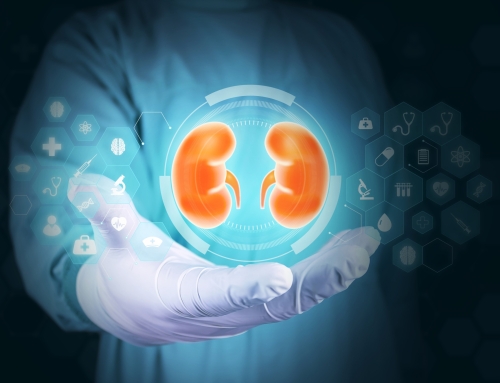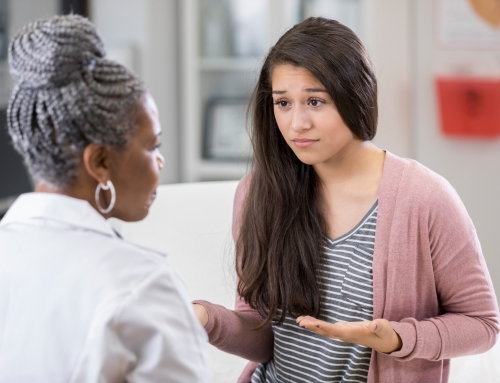Finding out that you need a new kidney can be devastating news. After the initial shock wears off, friends and family members graciously get screened and sometimes there is a good match, but sometimes there isn’t. It might seem like awful news, but focus back on the positives. You are still eligible to get a transplant and can still get an organ from a deceased donor. Oh wait there are still some new and exciting options available!
Recently, pairing networks have been set up that give you even more options. The idea for creating these networks came from looking at the long wait list times and thinking that there must be a better way to lower the wait. The concept is simple. You need a kidney and you are able to find one or more people that are willing to donate, but none of them are a good enough match. Now networks such as the National Kidney Registry help pair you with another person in a similar situation. The easiest is a direct pair. Here your donor would give to another recipient, and that recipient’s donor would donate to you.
It can get a little more complicated though. A good samaritan can decide to donate to a complete stranger, and this sets off a chain of events. Having an essentially surplus organ can help connect a pair of donor/recipient teams and then one of their potential donors could match a new pair and the chain continues. This type of linkage has been able to facilitate six transplants and even up to twenty.[1] Regardless of the process, organizations that help facilitate paired donations are decreasing the number on wait lists and helping to save lives.
[1] National Kidney Registry: Facilitating Living Donor Transplants. Living Donors. Retrieved from http://kidneyregistry.org/living_donors.php#why_nkr.



